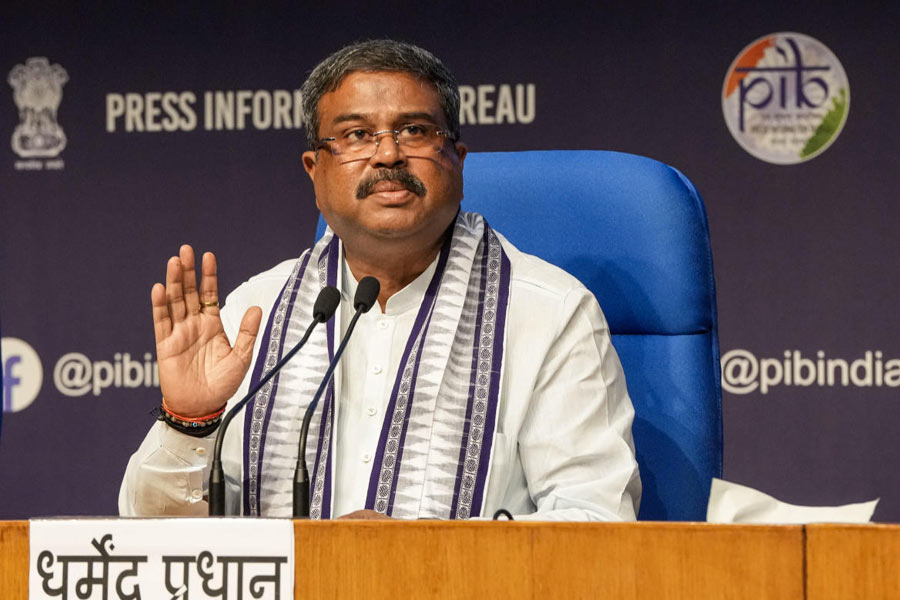One decision of the Emergency should be celebrated. Even though the Narendra Modi-led government never fails to repeat that the Congress was responsible for this dark period and has also named June 25 Samvidhaan Hatya Diwas, the Union education minister endorsed the 1976 decision to shift education from the state list to the concurrent one. The system since Independence had upheld federalism. On the practical level, it had allowed states to forge their own path in educating young people according to their needs in a regionally, ethnically and linguistically diverse country. Putting education on the concurrent list meant collaboration between states and the Centre, which could be a good thing if Central interventions were balanced with the understanding and practice of the states. But if the government at the Centre tended to grab the entire space of thought, policy and method in the name of creating a single system, the point of concurrence would fail and the independence of states be eliminated.
Something of this imbalance can already be seen. Its results are not promising. Recently, the National Testing Agency, formed under Mr Modi’s government to conduct entrance and qualifying examinations at an all-India level, appeared to be seriously wanting, with allegations of leaked papers and corrupt marking in the National Entrance-cum-Eligibility Test and the cancellation of the National Eligibility Test the day after it was held. The problems, apparently, were already there; they came to a head this year. The Common University Entrance Test caused dissatisfaction since its introduction by taking away the right of institutions to conduct their own admission tests according to their needs and focus areas. One size does not fit all in education. The education minister’s claim of compatibility for the country makes no sense when different institutions have different goals and train students with different abilities and aspirations in different subject combinations. Besides, the idea that objective questions alone are enough to gauge a student’s understanding of and fitness for a subject is the height of folly. In spite of pious declarations by the government, coaching centres are not just thriving but increasing with this aggressive centralisation.
Administration, too, has not been left to the states. Vice-chancellors of state universities have to be selected on the lines laid down by the University Grants Commission and chancellors, usually governors of the state, have shown themselves to be adversarial to the state government’s decisions whenever it is not run by the party in power at the Centre. And is it part of good practice that that the NTA chief is now on search committees for vice-chancellors? It is as though the smooth running of education in Opposition states is not desirable. The situation of Central universities in such states is best exemplified by Visva-Bharati. Overseas scholarships for underprivileged students have become selective and research projects are in danger of being monitored. Grants need not necessarily depend on merit or academic achievement. Excessive Centralisation is beginning to look like regimentation, which is the most efficient way to destroy education. Yet the education minister called the Emergency decision ‘good practice’.

